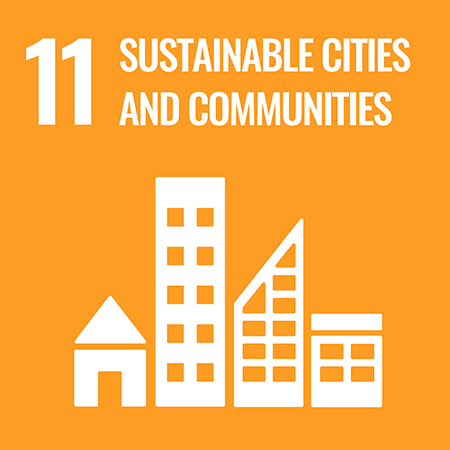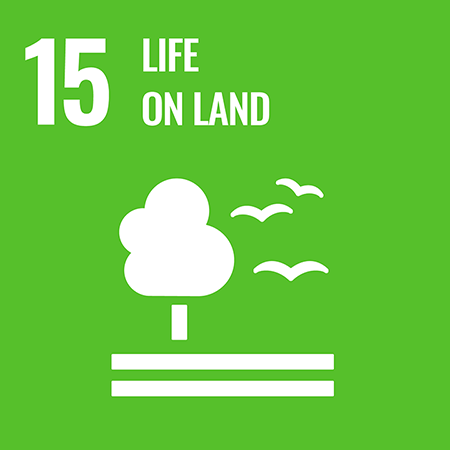INReS²: decentralised green-blue rain water management - rainwater toolbox and BIM database for online planning
Abstract
The aim of INReS² is to create a web-based prototype application for planning of integrative, decentralised green-blue rain water management systems. Planning recommendations will consider individual project parameters such as size and type of area to be drained, discharge coefficient, soil conditions and infiltration capacities, infiltrating area, design depth of precipitation and further microclimatic relevant proxies. The toolbox to be developed will consider specific user requirements as choices of aesthetical, ecological, microclimatic values and costs. A comprehensive BIM-compatible database will be the basis for the web application, containing relevant construction components and systems of varying producers. Existing BIM-Models will be integrated in the database and will be upgraded with parameters relevant to rain water management. The generation of business models and the analyses will guarantee a longterm operation of the toolbox.
keywords rain water management BIM compatibility web application planning tool
Publikationen
Project staff
Rosemarie Stangl
Univ.Prof. Dipl.-Ing. Dr. Rosemarie Stangl
rosemarie.stangl@boku.ac.at
Tel: +43 1 47654-87401, 87426
Project Leader
01.03.2023 - 28.02.2026
Anna Katharina Briefer
Dipl.-Ing. Anna Katharina Briefer
anna.briefer@boku.ac.at
Tel: +43 1 47654-87410
Project Staff
01.03.2023 - 28.02.2026
Christina Henöckl
Dipl.-Ing. Christina Henöckl
christina.henoeckl@boku.ac.at
Project Staff
01.03.2023 - 28.02.2026
Florian Kretschmer
Dipl.-Ing. Dr. Florian Kretschmer
florian.kretschmer@boku.ac.at
Tel: +43 1 47654-81115
Project Staff
01.03.2023 - 28.02.2026
Bernhard Pucher
Dipl.-Ing. Dr.nat.techn. Bernhard Pucher
bernhard.pucher@boku.ac.at
Tel: +43 1 47654-81117
Project Staff
01.03.2023 - 28.02.2026
BOKU partners
External partners

Kräftner Landschaftsarchitektur
none
partner

Grünstattgrau Forschungs- und Innovations GmbH
none
coordinator

Green4Cities GmbH
none
partner

Digital Findet Stadt
none
partner


